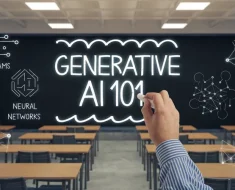It bears mentioning that the symptoms can look rather different in adults than they do for children, with anger management issues, excessive restlessness, low self esteem, trouble with relationships, a lack of time management skills and many others factoring into the mix. With all of that having been said and now out of the way, it is important to note that the proportion of adults with ADHD was around 6.3% in 2020, which is a significant uptick from the 4.4% that had been diagnosed with it in 2003.
According to research that was published in the journal known as Journal of the American Medical Association, the use of digital media can actually increase the likelihood of an ADHD diagnosis by as much as 10%. What’s more is that adults are often required to multitask at this current point in time, which can be harmful because of the fact that this is the sort of thing that could potentially end up pulling their minds in too many different directions at once.
There is now considerable clinical evidence pointing to the reality that using too much technology can lead to ADHD symptoms down the line. Of course, there is also the chance that they might be caused by hormonal changes or a wide range of other unrelated circumstances, but the connection between ADHD and digital media consumption as well as smartphone usage can’t be ignored. It will be interesting to see where things go from here on out, since the findings presented in this research point to something extremely pertinent to modern life.
Photo: Digital Information World – AIgen
Read next: There’s a 10% Chance AI Will Make Us Go Extinct According to This Survey






